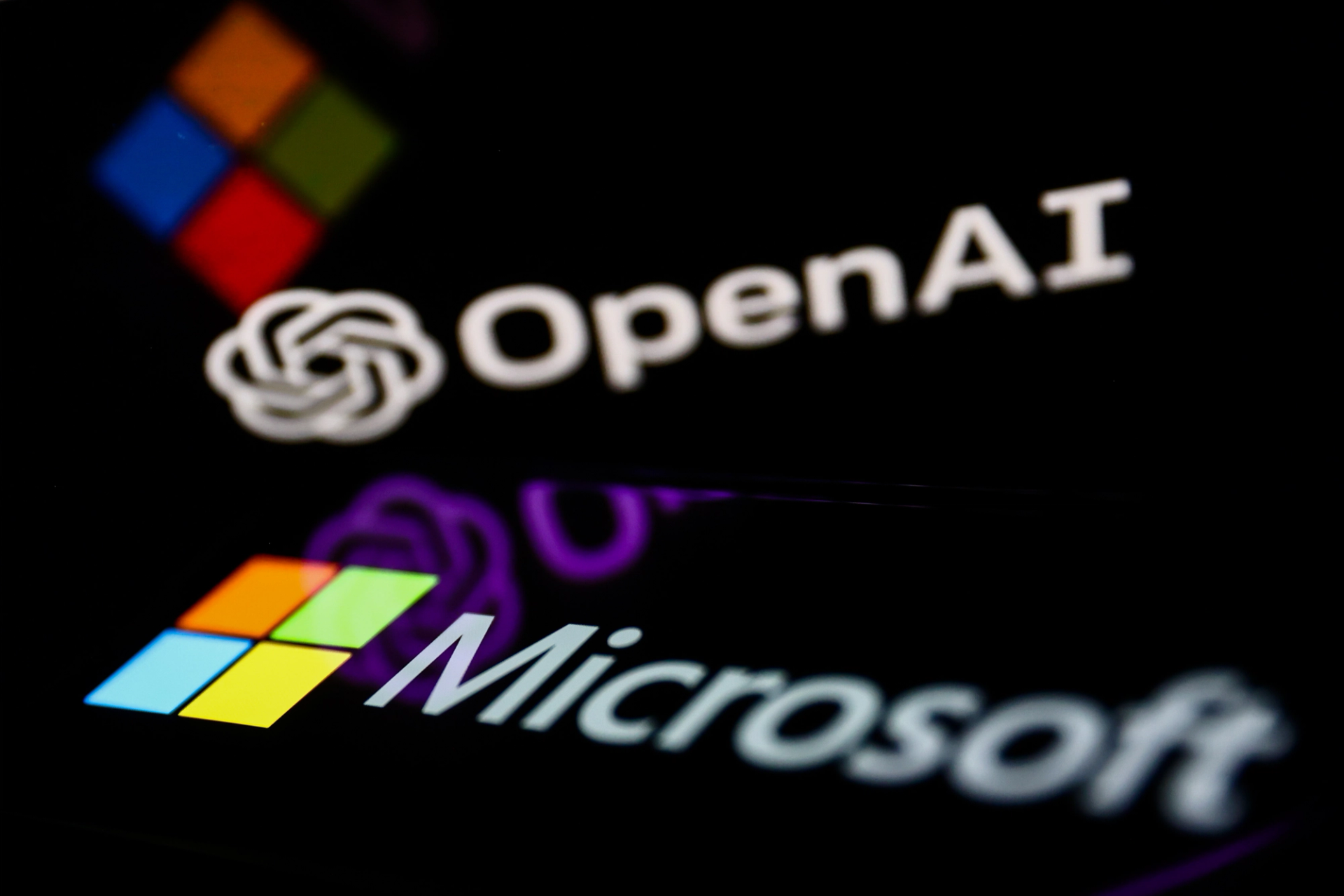The Scoop
OpenAI, the company behind ChatGPT, has been quietly training artificial intelligence models on a narrow topic that is useful mainly to a small slice of people in the IT industry: Microsoft’s cloud services, known as Azure, according to people with knowledge of the project.
Microsoft and OpenAI have a partnership to offer AI products to Microsoft customers. The new training, which has not been previously reported, could help the Windows developer sell its cloud services by automating processes that previously required large IT resources, these people said. OpenAI has yet to include the new training into any of its products, one of the people said.
The training may offer a window into Microsoft’s long-term cloud strategy and reflects how AI is reshuffling the cloud computing industry, which is expected to grow north of $2 trillion by 2030, as Amazon, Microsoft, Google, and Oracle intensify the fight for market share.
Microsoft and OpenAI declined to comment.
Reed’s view
Microsoft likely noticed the traction that Oracle has gotten on its cloud computing message.
Oracle is working with Cohere, a provider of foundational AI models, and has partnered with computing company Nvidia to promise a cheaper and more open option than those of its competitors.
“In the cloud, since you pay by the minute, if you run twice as fast — and we do — you pay half as much,” Oracle chairman Larry Ellison told analysts earlier this month.
For all the attention AI has gotten lately, the biggest impact won’t come until large companies start implementing it on a massive scale, an effort that, for now, is taking place largely on the cloud.
Large language models and other kinds of generative AI have upended the cloud computing landscape. Every major business is scrambling to tap into those powerful models, fearing that if they don’t, they might be left behind. And the fastest and easiest way to do that is through cloud providers.
In the past, there have been two main categories of cloud customers: Large, deep-pocketed entities that employ huge IT staffs to run complex cloud operations and smaller to medium-sized businesses that use the cloud for simple applications that the cloud providers largely manage.
Companies like Google and Oracle are betting they can use AI to open up a new category of customer: One that can use language interfaces like ChatGPT to run complex cloud operations with fewer resources. Googles Duet AI cloud product is aimed pretty squarely at that customer.
Oracle encourages its customers to use different cloud services for different needs, known as a “multi-cloud” approach. And while Google and Microsoft also support multi-cloud, Oracle appears to have embraced that philosophy in its AI strategy. Instead of developing mainly proprietary, in-house models, it’s working with outside providers like Cohere.
The revelation that OpenAI is training specifically on Azure products is a sign of how fast-moving and competitive the cloud industry has become.
It’s not enough just to have the best AI models available. Companies also need to hand customers the key to the cloud on a silver platter.
This is also a sign of where consumer internet products are heading. If something as complex as cloud computing can be transformed by natural language AI, then everything is going to go in that direction.
Clicking, navigating, and searching knowledge bases will soon become unacceptable “friction” for consumers. If companies can’t offer their products with natural language interfaces with a zero learning curve, they won’t be able to compete for long.
Room for Disagreement
Dell, which also struck a partnership with Nvidia, is pushing an alternative vision for AI. Rather than use the cloud, Dell thinks companies should save money and protect data by building their own servers to run AI models. Dell announced the initiative, called “Project Helix,” last month.
Step Back
Cloud computing, which means running computer programs on powerful, internet-connected servers instead of on local devices, was the key enabler of Web 2.0. Without cloud computing, companies like Netflix, Uber, Airbnb, and Dropbox would not have been able to grow so quickly or operate at all.
As more companies utilized cloud services, Amazon Web Services emerged as the behemoth in the industry, with more than 30% market share. Microsoft and Google trail in second and third place. Much of what you do on the internet is routed through one of those three companies.
Microsoft spent roughly two years getting ready to offer OpenAI’s technology to customers and gained the first-mover advantage. Of all the companies that have jumped on the generative AI bandwagon, a large percentage are using Microsoft’s cloud to tap into OpenAI models.
But the market is only just getting started and a lot can change. Other companies are quickly catching up. Google, which pioneered the “transformer” model that ChatGPT and other generative AI is built on, is offering a wide array of AI models.
The View From Europe
Roy Illsley, the U.K.-based chief analyst focusing on cloud and data center practices for research firm Omdia, expects the rapid expansion and competition in cloud computing to continue through next year. But the big question mark is what happens with European regulation.
Illsley believes the regulation could pick de facto winners if some companies are better equipped to adjust to the changes. One possibility is that cloud services running AI models may be required to operate physically within Europe.
“The EU regulations could put the cat amongst the pigeons,” he said. “Ultimately, that will shake the market and how it will be deployed for people.”
Notable
- Oracle jumped into the generative AI race early by courting AI startups to train models on its cloud, which was built around AI-specific tasks, as this Information article pointed out in February.
